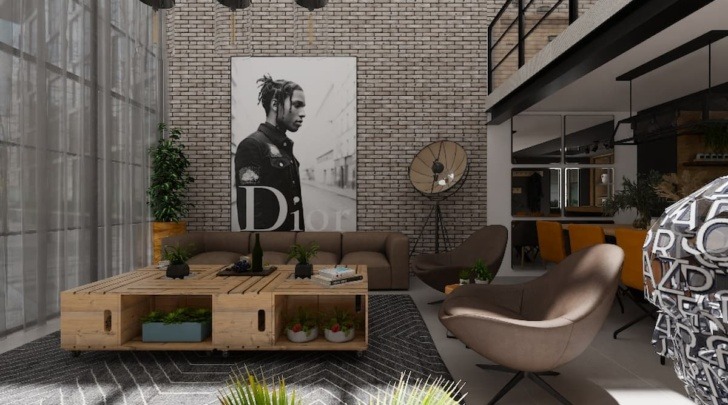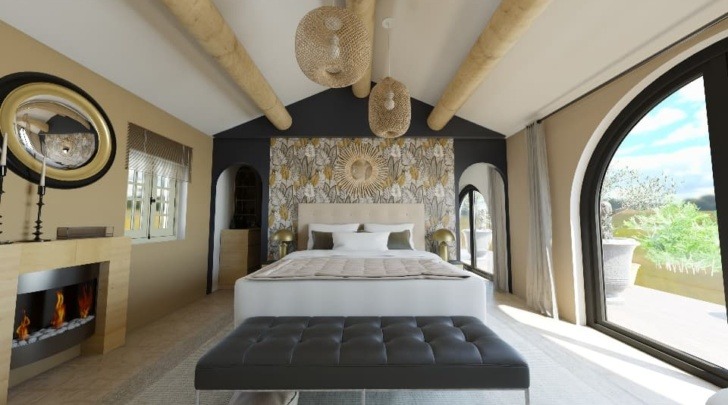What is a Home Stager Salary?

High-speed & Pro
Intuitive to use with 0 Learning Curve
Complete with Branded & Generic Furniture
Curious about what the average home stager salary is in the US? Or how you can set yourself up to be among the top 10% earners? Read on to find out more.
By integrating concepts of real estate and interior design, home staging is a dynamic career path that offers the best of both worlds. Whether you’re a novice stager eager to boost your income or are gearing up to take your first steps down this creative path, you might be wondering what is a home stager salary? If you’re serious about embarking on this professional journey, learn all about how much you could make, and how you could increase your chances of earning more.
Home Staging Career Salary Range in the US
Here in the US, a home staging career salary can differ based on several factors. The level of education, certification and prior experience are among the most poignant ones that will influence how much income you could make. However, there is a base range that can be helpful to know before – or as you begin to – navigate your career path and plans.
According to national stats, the lower tier of the salary for a home stager range sits at less than $61,000 per year. For those in the top 10 percent, the salary sits at over $124,000 per year.
What is the Average Salary of a Home Stager?
Though these ranges demark the approximate lowest and highest salary of a home stager within the US, knowing about the average salary can give you more of a realistic projection. As of 2022, professional home stagers earn approximately $79, 000, on average, which is considered a good income in the United States.
Home Staging Salary: How to Earn More
The home staging industry is booming, which means there is plenty of opportunity. But like any career, you must be willing to put in the effort if you want to earn top dollar. And as with any profession, the home staging salary you end up making is often based on the steps that you take to build up your repertoire of skills, knowledge, experience, and network.
Choosing to work for yourself or with a company will, of course, also influence your income level. Working with a real estate or interior design-based company can offer additional security and a steady income, but it can come with limitations for your earning potential. Whereas, starting your own business can come with more challenges during the initial stages, but can offer more freedom and fewer restrictions for your potential salary down the road.
Therefore, it’s important to take time to think about what you want and value most in your career as a home stager so you can decide which path is the right choice for enabling you to achieve your goals and succeed.
How to Become a Certified Home Stager
There are no set requirements or prerequisites to become a home stager, which means anyone has the potential to thrive in this industry. But having a certificate under your name is almost a guaranteed way to increase your value to paying clients or employers, and thus, earn more.
So, how can you become a certified home stager?
There are many certification programs offered throughout the US that come with different price points. One of the most esteemed is the accredited program offered by the Real Estate Staging Association (RESA). This provides standardized training that will help you develop your creative eye and learn the fundamentals of the industry, as well as the business side of things.
You can also find cheaper certification programs or take individual courses, which can allow you to work towards a certificate on your own time. The best option will be one that works within your budget and schedule.
If you’re planning to embark on this dynamic career path, make sure to perform some due diligence so you can map out which avenues will give you the best chance at succeeding as a professional home stager so you can earn the type of income you desire.
Discover how HomeByMe is a complete turnkey tool for your projects.
High-speed & Pro
Intuitive to use with 0 Learning Curve
Complete with Branded & Generic Furniture
Get started!




